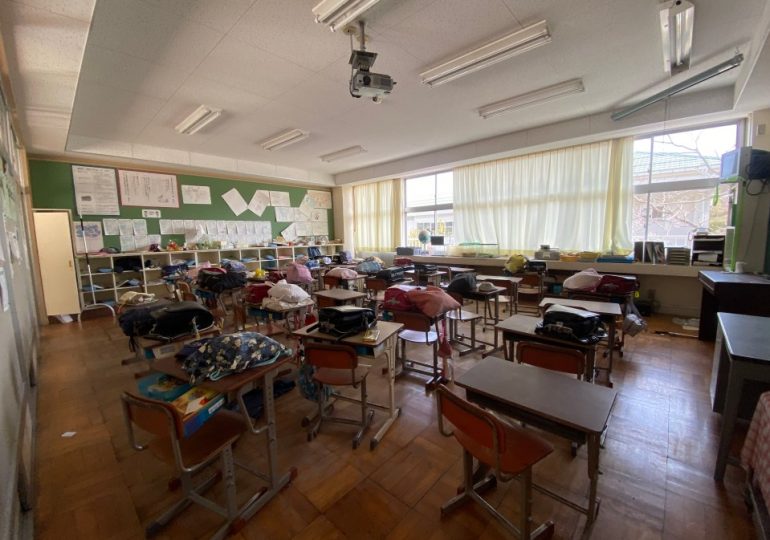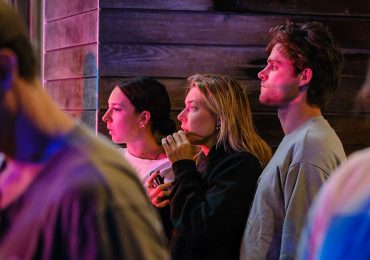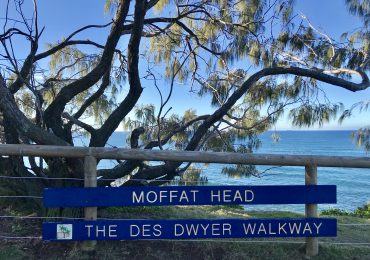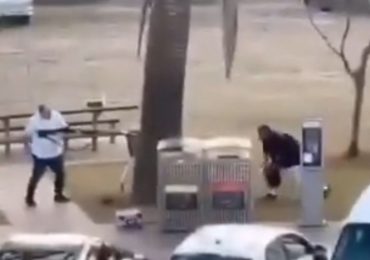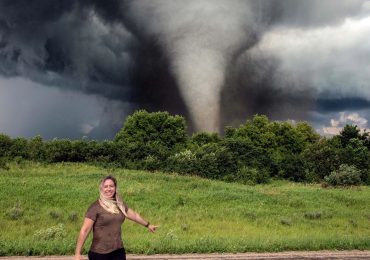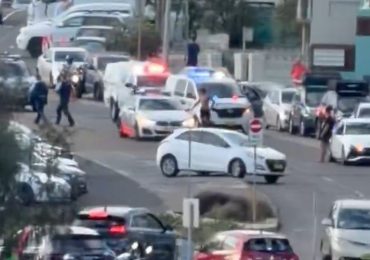FUKUSHIMA’S eerie exclusion zone remains untouched by time 13 years on from its major nuclear accident.
Nuclear control rooms, hospitals and apartments are just some of the areas that remain abandoned and forgotten following the horrific event on March 11, 2011.
SWNSAn abandoned classroom inside one of Fukushima’s schools[/caption]
SWNSAn eerie hospital room remains untouched since the day it was deserted[/caption]
SWNSFood still appears on shop shelves and has been scattered by animals[/caption]
Three of the six nuclear reactors at the Fukushima Daiichi nuclear plant in Okuma, Fukushima, Japan, suffered severe damage as a result of an earthquake and tsunami.
Hydrogen and radioactive materials were released into the atmosphere, forcing residents within 30km of the site to leave and never return.
One urban explorer, however, has revealed eye-opening images of how Fukushima looks 13 years on.
After watching a documentary on the Fukushima nuclear disaster Lukka Ventures, 27, headed out to explore the ‘red zones’ – sites that have been closed off – around the nuclear power plant.
He snooped round abandoned hospitals, malls and apartments which he said were untouched by time, taking photos to reveal the eerie decline of the area.
Spending four days in the Fukushima red zones in February, he shared his findings on his YouTube (@lukkaVentures).
Lukka, from Manchester, said: “It was a very surreal experience.
“Everything had been left, there were calendars on the wall that were fixed on the same date of the disaster.
“You will walk into a building and there is stuff all over the floor.
“Animals have got in and tried to get food, you can see that the earthquake shook everything onto the floor.”
During his visit, Lukka carried a Geiger counter – an electronic instrument used for detecting and measuring ionising radiation – to make sure he wasn’t exposing himself.
“We were sneaking through rivers and fences,” he said. “We had to be really careful of how radiated some of the areas were.
“It was so so surreal. You would go into shopping centres and they would have food on the shelf.
“Everything has been left. Every building we went into was really weird.”
Lukka found a nuclear bunker in what he believes was a training centre.
He said: “We entered a big glass building which had a model of the reactor in the lobby.
“We were close to the power plant that exploded.
“We walked around the building and there were rooms that had nuclear controllers in there.”
Lukka described walking around the hospital as a “scary experience”.
He said: “I have never explored an area and be scared but the hospital was really scary.
What was the Fukushima nuclear disaster?
The nuclear accident happened on March 11, 2011 at the Fukushima Dai-ichi site in northern Japan.
It is the second worst nuclear accident in the history of the nuclear power generation after the Chernobyl disaster in 1986.
A tsunami, triggered by a 9.1 magnitude earthquake, damaged the cooling systems and backup generators at the plant.
All three of the reactors were successfully shut down, but the loss of power caused the cooling systems to fail in the days afterwards.
The government was forced to declare a 40-km evacuation zone and nearly 230,000 residents had to flee.
Thirteen years on and the plant still contains 800 tons of highly-radioactive nuclear fuel.
“Seeing all the stuff, like bags, coats and other belongings gets you upset.
“I am not the type of guy to get upset but I did feel very sad walking around.
“The whole experience will stay with me forever.”
Despite Lukka’s many photos of Fukushima’s red zone, many questions remain unanswered.
To this day, scientists are attempting to decommission the plant which still contains over 880 tons of highly radioactive melted nuclear fuel.
Yet Lukka’s images aren’t the only one’s to emerge from inside Fukushima in recent times.
Earlier this year, a terrifying drone video revealed the first glimpse inside ground zero of the hardest-hit Fukushima reactor.
The eerie footage shows the melted wreckage alongside displaced control equipment, misshapen materials and blackened ladders.
The images taken by miniature drones are the first from inside the hardest-hit No. 1 reactor’s primary containment vessel – an area directly under the reactor’s core.
SWNSUrban explorer, Lukka Venture, visited the abandoned Fukushima red zone[/caption]
SWNSHe managed to gain access to one of the control rooms of the infamous power plant[/caption]
SWNSBeds on floors inside a building[/caption]
SWNSThe reception of a hospital that remains untouched by time[/caption]
SWNSEverything inside this room was dropped immediately[/caption]
SWNSAn abandoned gaming arcade[/caption]
SWNSLukka and friends inside of the dark and eerie arcade[/caption]
SWNSPart of Fukushima’s current skyline[/caption]
Leave a comment
